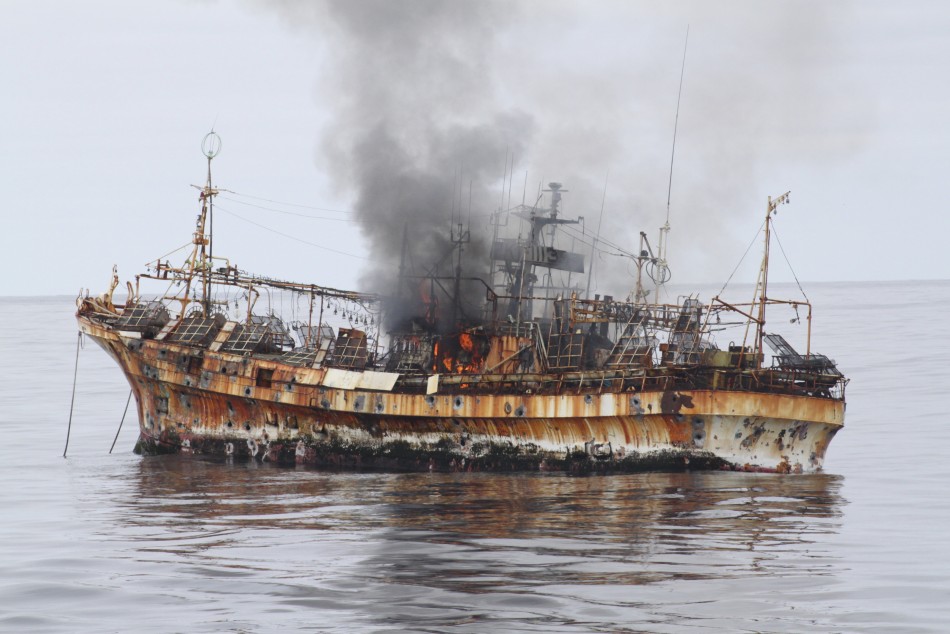Japanese Tsunami Floating Dock Washes Ashore on Oregon Beach 5,000 Miles away
A floating dock that was swept away by the 9.0 Richter-scale earthquake and tsunami that hit Japan in 2011 has ended up on a popular Oregon beach in the northwest United States.
Travelling more than 5,000 miles from the fishing city of Misawa, the dock was noticed by residents on Agata Beach, a mile north of Newport.
The "tsunami dock" has quickly become a tourist attraction - but also a serious threat to the marine ecosystem of the US.
Marine biologists are concerned that hundreds of millions of individual organisms native to Japan, including a tiny species of crab, a species of algae and a starfish, could spread out on the west coast of the States, threatening the delicate environmental balance.
"This is a very clear threat," said John Chapman, research scientist at Oregon State University's Hatfield Marine Science Centre in Newport.
"It's incredibly difficult to predict what will happen next."
Volunteers scraped the surface of the dock of marine organisms and sterilised it with torches to prevent the spread of invasive species.
The dock weighs 165 tonnes and is built of concrete and steel. It is 20 metres (66ft) long, 7 metres wide and 2 metres high.
Stories of tsunami debris floating halfway around the world to wash up on North American shores have grown in recent months.
A soccer ball belonging to 16-year-old Misaki Murasami beached in Alaska, where it was discovered by David and Yumi Baxter. They telephoned Murasami with news of their discovery.
A Harley-Davidson motorcycle in a white container washed ashore on British Columbia's Haida Gwaii islands. Ikuo Yokoyama, 29, who lost three members of his family in the March 11 tsunami, was tracked down through the licence plate number.
The Maritime Museum of British Columbia has inaugurated the Tsunami Debris Project, an online attempt to gather pictures of flotsam that has washed ashore with the purpose to reunite them with their owners.




© Copyright IBTimes 2025. All rights reserved.






















